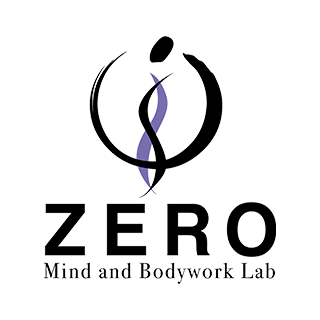はじめに
Hello, I’m Hidefumi Otsuka, offering Rolfing sessions in Shibuya, Tokyo.
Since last week (starting from April 8, 2025), I have been participating in the Advanced Training (AT) organized by the Japan Rolfing Association in Ichigaya, Tokyo.

The instructors are Ray McCall and Hiroyoshi Tahata. The training runs for three weeks, held from Tuesday to Friday, and as of today, we have completed the first four days and are heading into the weekend.
One of the key themes emerging from this AT has been:
“How can we design a session framework that is tailored to each individual?”
In this post, I would like to summarize perspectives that can help bring this learning into practical application.
Observation Skills: The Foundation of Rolfing
In the Basic Training (BT) for Rolfing, we first learn the Ten Series — a fixed sequence of sessions.
However, even more important than mastering techniques is:
“How do we observe the body?”
The training places a strong emphasis on thoroughly developing this capacity.
Ida Rolf’s Approach: The Saturation Method
Dr. Ida Rolf divided early training into two phases: Auditing (Observation) and Practitioner (Hands-on work).
At the beginning, students were not allowed to intervene physically — they focused solely on observing others.
This approach, called the Saturation Method, is a method of continuously providing information until observation “saturates” the student’s body. Because of this deep foundation, practitioners later become able to offer sessions uniquely adapted to each individual.
Three Perspectives for Designing a Session
In the AT, we learned that when offering a series such as a “three-session series” or “five-session series,” it becomes easier to design sessions by considering three main perspectives:
1. What Does the Client Want or Expect?
It is important not only to address physical discomfort but also to listen attentively to what the client hopes to achieve.
While maintaining neutrality, we deeply listen to the client’s words and intentions.
We could say:
“Listening itself is already part of the session.”
2. Which Principle Is Lacking?
Rolfing is guided by five key principles:
- WHOLISM — Viewing the body as an integrated system.
- SUPPORT — Facilitating structural stability and self-support.
- ADAPTABILITY — Enhancing flexible responsiveness to the environment.
- PALANTONICITY — Balancing opposing forces, such as up/down and inside/outside.
- CLOSURE — Bringing the process to a meaningful close, allowing for transition.
By carefully observing the client and identifying which principle may be lacking,
we can design the session with greater clarity.
3. What Is the Appropriate Taxonomy?
This brings us to the concept of Taxonomy.
Jeff Maitland introduced the idea of taxonomy to Rolfing.
Why use this term?
Because Rolfing, as a highly complex and integrative approach, needs a way to organize and reframe work through different perspectives.
Although the body is a unified whole, it contains different layers:
- Structure (fascia, skeletal system)
- Function (movement patterns)
- Emotion and nervous system
- Energy fields
Taxonomies help us to organize these layers and select the most appropriate approach at any given time.
Here are the main taxonomies:
- Structural/Segmental (intervening in the skeletal or fascial structure)
- Biomechanical (focusing on movement efficiency and functionality)
- Functional (prioritizing movement patterns)
- Psychobiological (addressing emotional and neurological relationships)
- Energetic (working with fields of information and energy)
By prioritizing the appropriate taxonomy depending on the client’s current state,
we can deliver deeper, more precise sessions.
For example:
- For a client complaining of lower back pain,
→ Instead of just working on the lower back, design the session from the perspective of enhancing Support throughout the whole body. - For a client with awkward movement,
→ Design the session from the perspective of cultivating Adaptability and improving movement quality. - For a client with clear emotional themes,
→ Work through the Psychobiological Taxonomy, creating a safe and secure field.
By using taxonomy-based thinking, the design of sessions tailored to each individual becomes much clearer.
Conclusion
Providing sessions tailored to each individual is not simply about applying techniques.
Rather, it is a creative process that involves:
- Honing observation skills,
- Listening attentively to the client’s needs,
- Flexibly combining the five principles and taxonomy perspectives,
- And designing sessions uniquely suited to each client.
Through Ray and Tahata’s demonstrations, I have once again felt the profound depth of Rolfing and the immense freedom in session design.
Moving forward, I want to continue refining my ability to offer sessions that are even more sincere and precisely adapted to the needs of each client standing before me.

